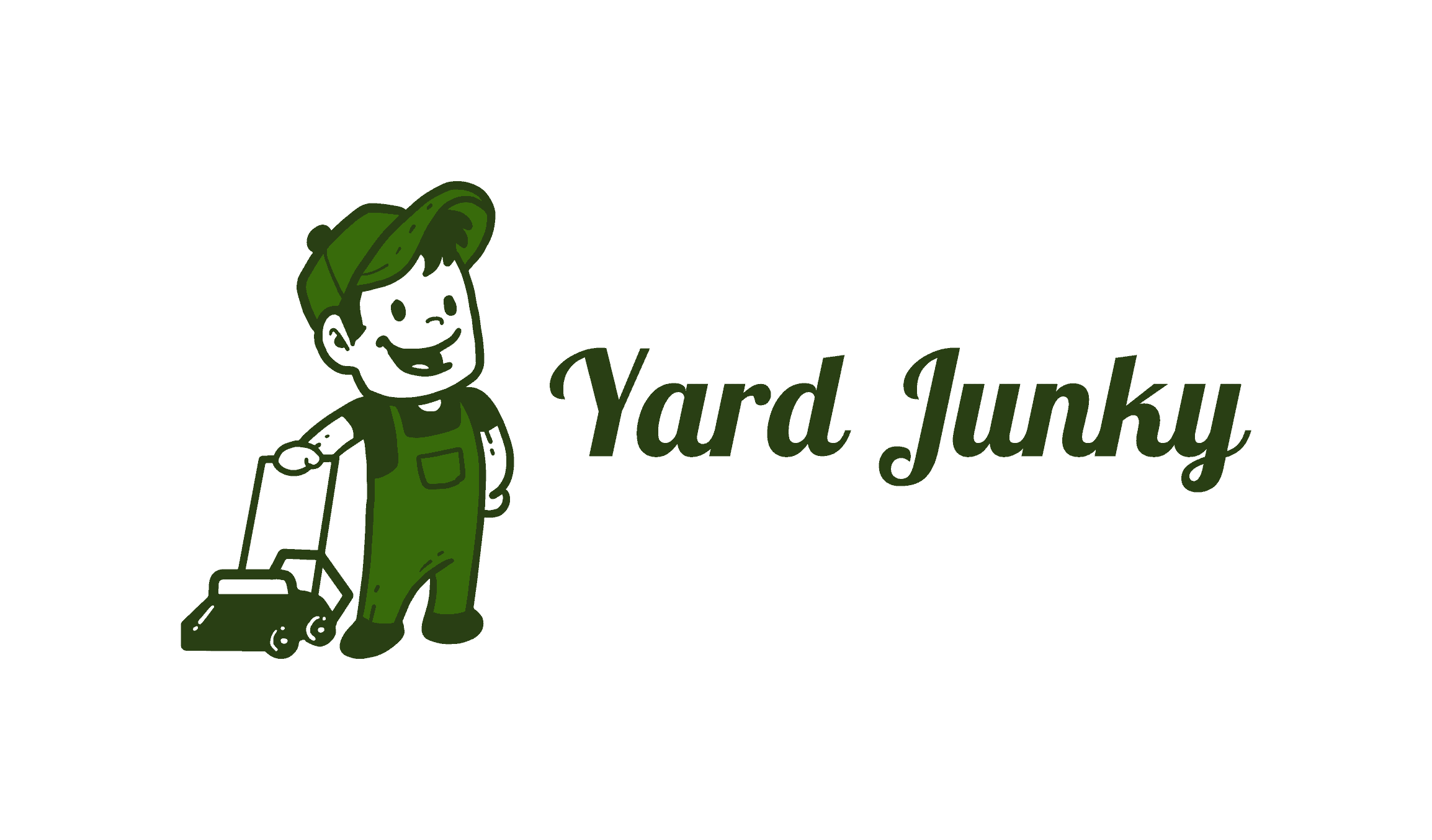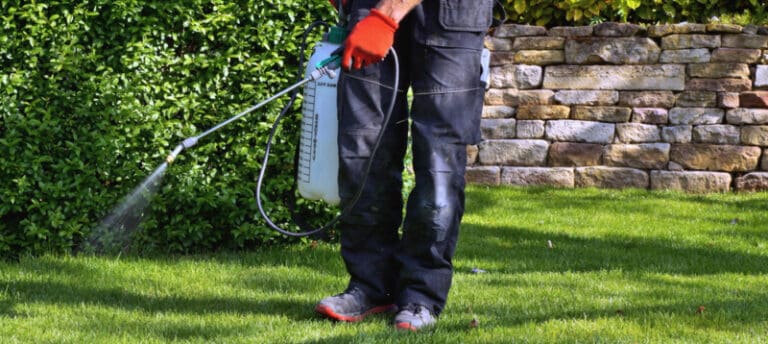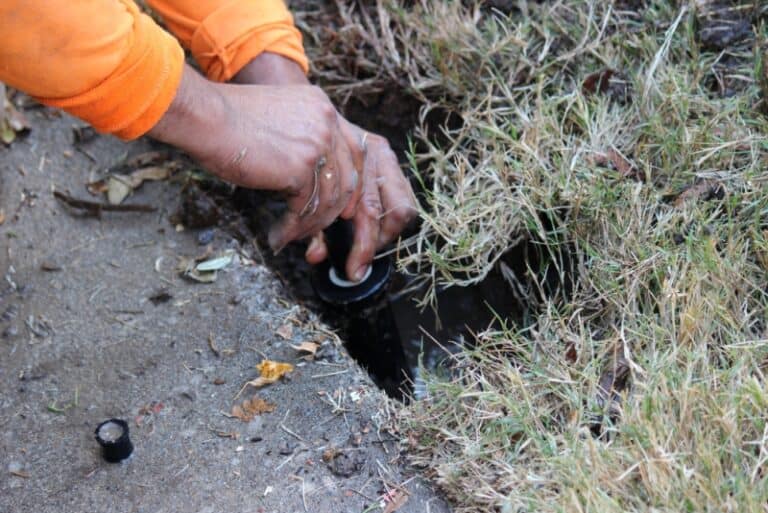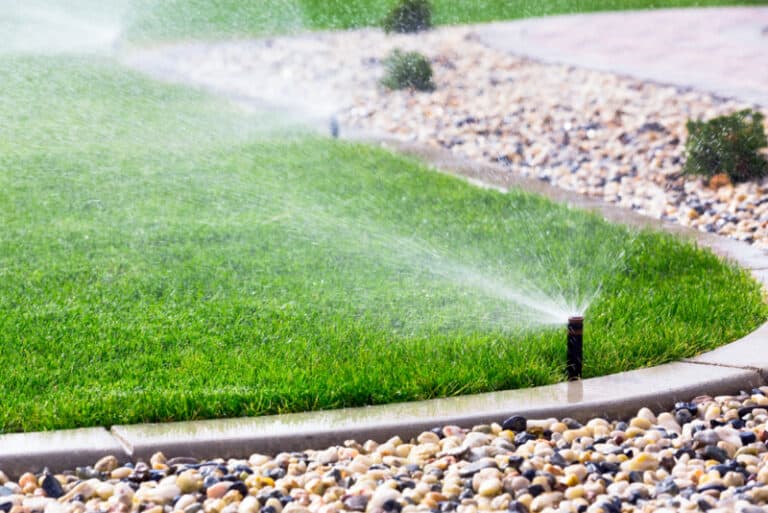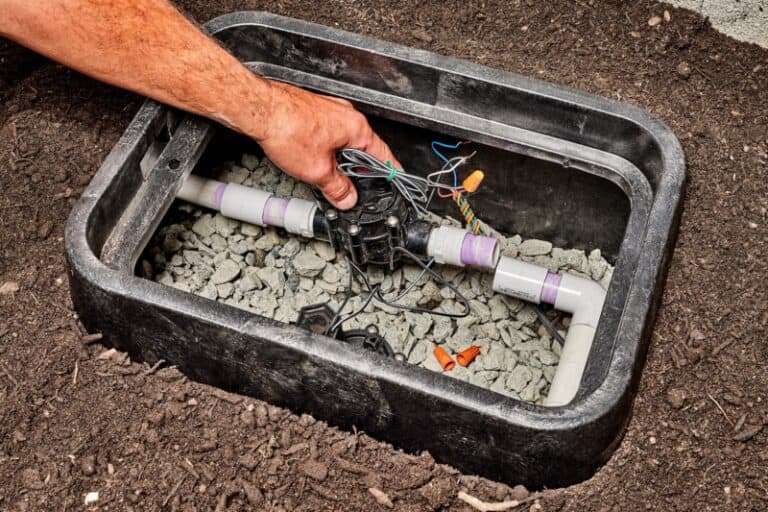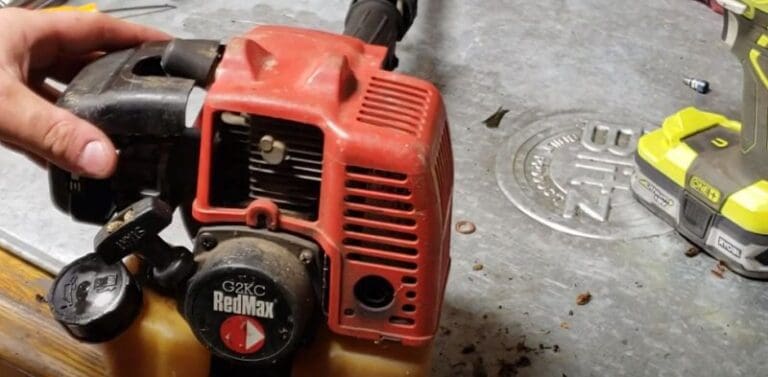How Much Does it Cost to Spread Mulch?
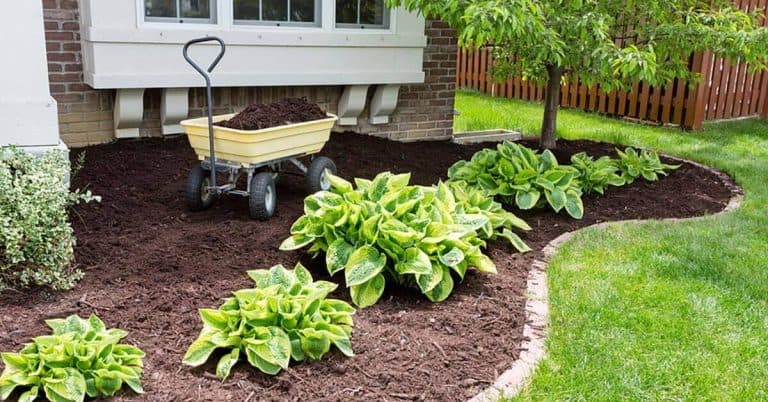
If you enjoy gardening and ensuring that your front and backyards are perfectly manicured, then it’s likely necessary for you to purchase a variety of supplies and equipment to keep it looking its best. Unfortunately, the cost of these supplies and equipment can quickly add up, and if you’re trying to keep your costs to a minimum, the need for equipment and supplies can make it nearly impossible. So, if you’re on a budget , you might wonder how expensive certain supplies are, and what the cost to spread mulch is. Mulch can be quite costly at about $35 per cubic area, especially if you’re using mulch that is made from cedar.
Is spreading mulch hard work?
Yes, spreading mulch is very tedious and hard work. Not only is it necessary to constantly lift heavy bags containing mulch, but it must also be properly distributed in order to achieve whatever look that you desire. This can take time and effort. There are ways to make spreading mulch easier, such as using a wheelbarrow to carry the heavy bags and then using a scoop to obtain the mulch and place it in the desired area. You might also decide to use small buckets to fill with mulch, and then you can easily dump the buckets of mulch where you choose to place it.
What can be used as an alternative to mulch made from wood?
Cedar wood is a popular mulch that many homeowners use, but it can also be one of the most expensive. If you’re not able to easily afford mulch made from wood, especially if you have a large area that needs to be covered, then you are likely seeking alternatives. Fortunately, there are alternatives, so you can hopefully spend less money than you would if you opted for wooden mulch. Here is an overview of some possible alternatives:
- Grass clippings, or grass clippings mixed with wood mulch – if your goal is to improve the overall appearance of your garden, while grass clippings will certainly save you money, your yard won’t look as good as it would with traditional mulch. The grass will fade and brown, sooner, rather than later, and it will likely appear quite unsightly.
- Pine needles – opting for pine needles rather than cedar wood mulch will definitely save you money while enabling you to beautify your yard at the same time. The major downside of using pine needles is that they are quite acidic and have the potential to cause harm to your garden.
- Leaves – this is an alternative to mulch that is absolutely free. All you need to do is rake up the leaves when they fall from the trees in the fall and allow them to decompose. Leaves can provide an attractive appearance to your yard, too. However, leaves don’t last as long as regular mulch does, so you will find yourself replacing the leaves frequently.
- Rocks – the use of rocks in lieu of your typical mulch is going to be more expensive in the beginning. However, due to the longevity of rocks, you will spend much less in the long-run. Rocks can last an extremely long time, sometimes as long as decades, and they’re great for keeping weeds under control. So, if you don’t mind investing more money upfront, rocks can be a great alternative for you. Rocks can also bring beauty to your yard, and since they last so long, you don’t have to keep replacing them like you do with traditional mulch.
- Rubber mulch – this type of mulch is typically made from ground tires, and it can make your yard look beautiful, just like conventional mulch can. However, rubber mulch, like rocks, can be more expensive upfront. However, also like rocks, rubber can be long-lasting, so after the initial investment, you don’t have to worry about replacing it often. Rubber mulch also repels bugs, which is a great way to protect your plants without using potentially harmful pesticides. The one downside of rubber mulch is the fact that it has the potential to excrete dangerous chemicals, which can damage the soil as well as your plants.
What are the benefits of using mulch in a garden?
There are many benefits to using mulch in your garden, and one obvious benefit to using it is the fact that it provides instant beauty. Another benefit that causes gardeners to use mulch is that it retains moisture in the soil, which also promotes fertility and health in the soil. Nothing can be more annoying and tedious than managing weeds in a garden, but luckily, mulch has the tendency to keep the growth of weeds at bay. Mulch can prevent air from reaching weeds, which smothers them and causes them to die.
What are the disadvantages of using mulch in a garden?
Despite the many benefits to using mulch in a garden, there are also some disadvantages to be aware of. First of all, using too much mulch, which usually describes mulch that is piled higher than three inches, has the tendency to bury plants, often suffocating them in the process. This unfortunate situation can be avoided if you ensure that you only use two to three inches, max, which is plenty.
Lighter-colored mulch made from wood can sometimes strip nitrogen from the surrounding soil. This can cause plant growth to become stunned, the leaves to become brown and rapidly wane in health, as it can cause a plant disease called chlorisis.
If not placed properly, mulch could possibly roast your plants, as it can cause too much heat to build up around them. This can happen much more quickly during the summer months when the temperatures reach the upper 80s and low to mid-90s.
As you can see, mulch can be quite expensive to spread, especially if your yard is on the larger side. Despite this fact, there are ways to keep your costs down, and there are many less expensive alternatives that can dramatically decrease your overall costs. However, if you insist on using mulch made from cedar mulch, then you will pay the highest cost among all types of mulch. You do have the option to use much less of the mulch, which could reduce your costs by as much as half.
You can also read:
